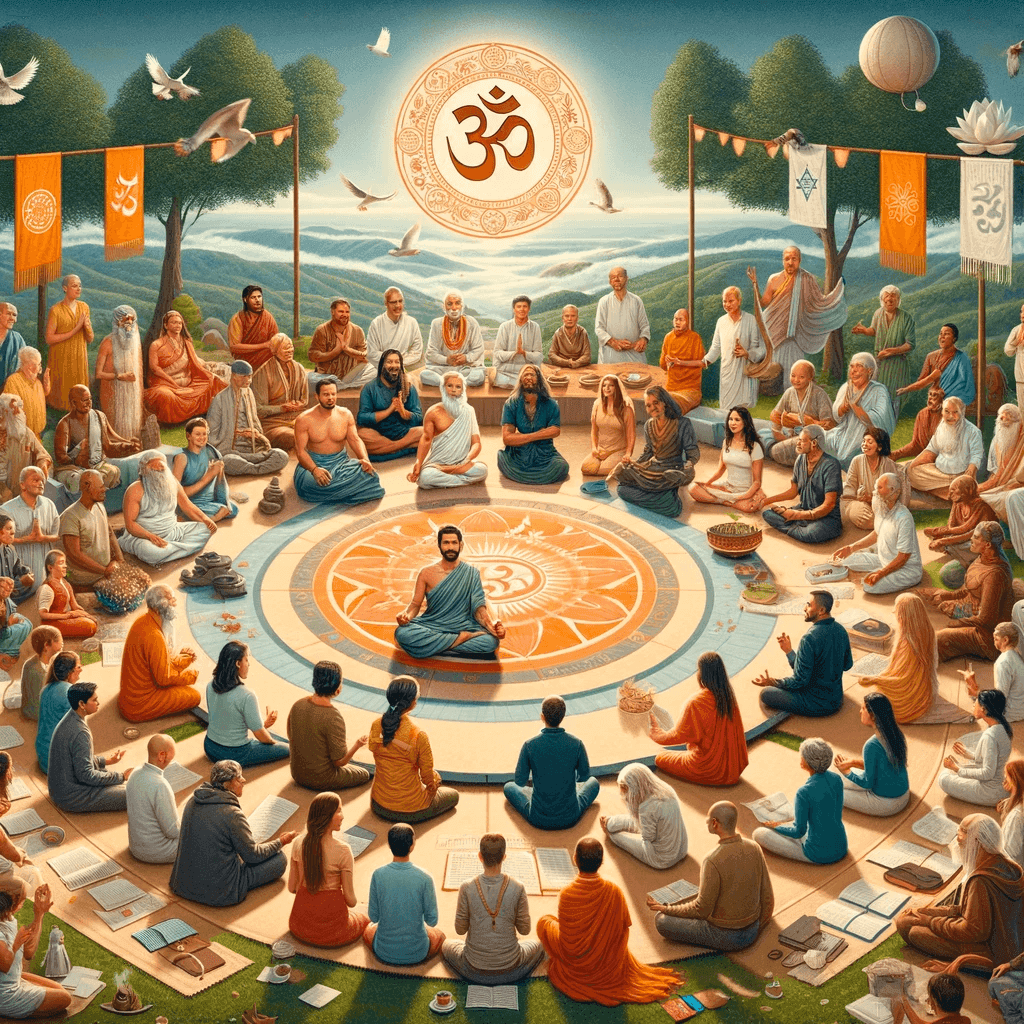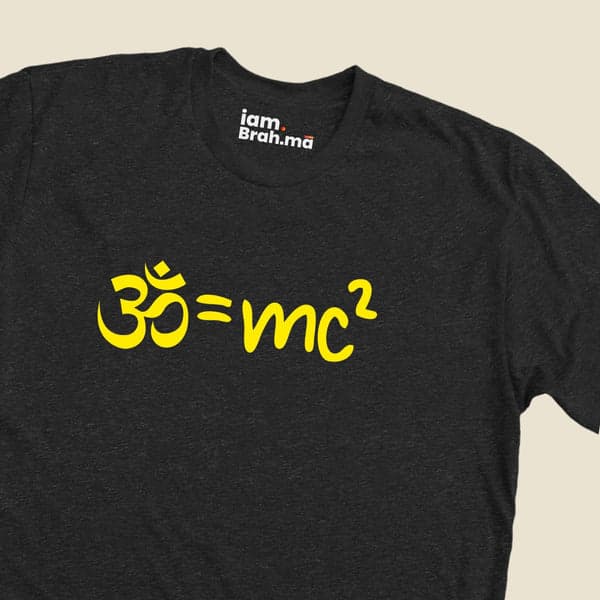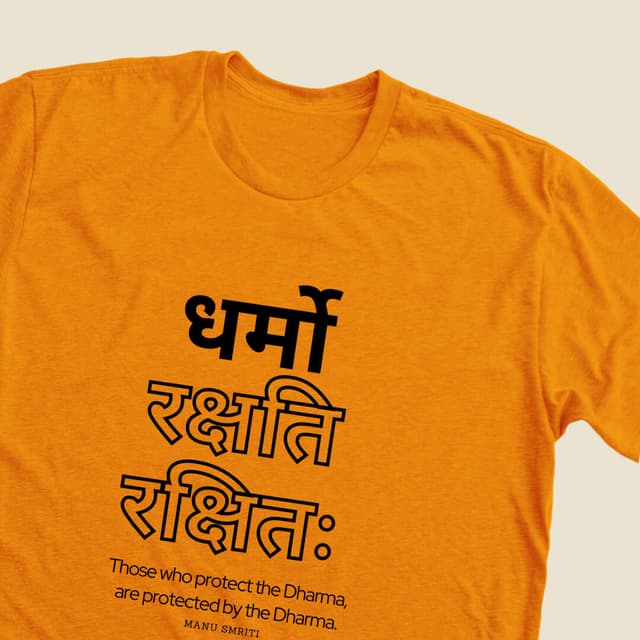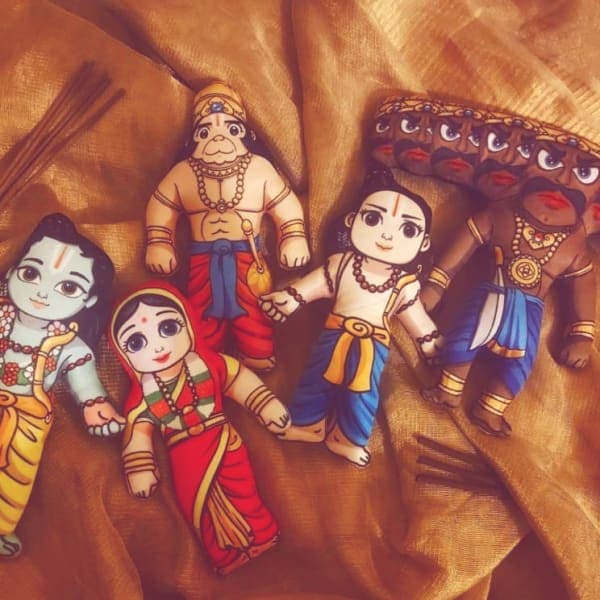Understanding the Inclusivity of Sanatan Dharma
Sanatan Dharma, often equated with Hinduism, is a spiritual tradition that dates back thousands of years. It is known for its profound philosophical underpinnings and diverse practices. A common misconception about Sanatan Dharma is that it is a closed and exclusive religion. However, this view is far from the truth.
Myths/Truths and Other Details

Why There Is a Myth?
The myth of Sanatan Dharma being closed and exclusive likely stems from misunderstandings of its practices and teachings, often influenced by cultural and societal interpretations. The complexity of its doctrines and the misinterpretation of its scriptures have contributed to this misconception.
What's the Truth?
Sanatan Dharma is inherently inclusive and open to people of various backgrounds. It does not prescribe a singular way of worship or belief but accommodates a multitude of paths and practices. This inclusivity is evident in its core philosophy, which recognizes the diversity of human experience and the multiplicity of paths to the divine.
Details About the Subject
Sanatan Dharma, as described in the Vedas and Upanishads, emphasizes the eternal (sanatana) nature of the spiritual path (dharma). It is not confined to a single doctrine but encompasses a wide range of beliefs and practices. The tradition acknowledges that each individual is unique and therefore may connect with the divine in different ways. This flexibility allows for a diverse range of spiritual expressions, from the worship of various deities to the practice of yoga and meditation.
Scriptural References
The Upanishads, a key part of Sanatan Dharma's scriptures, highlight the concept of 'Ekam sat vipra bahudha vadanti' - "Truth is one, the wise call it by many names." This verse encapsulates the essence of Sanatan Dharma's inclusivity, recognizing the validity of various paths to the ultimate truth.
...




